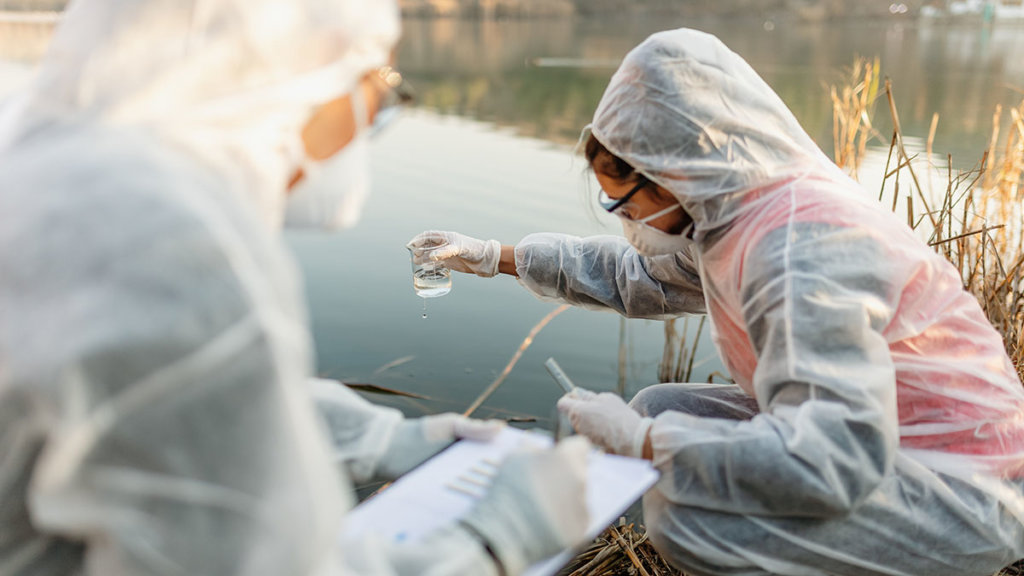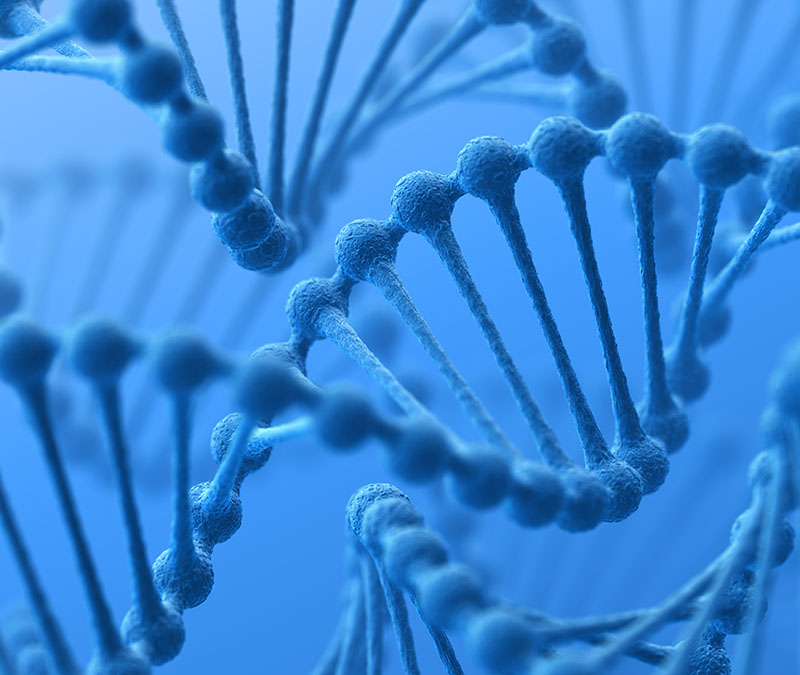DNA-Based Testing for Environmental Contamination
Rapid, in situ detection and analysis of RDX and NTO contaminants

Researchers at ERDC’s Environmental Laboratory (EL) have developed a novel in situ method of using DNA sequences to target and identify toxic soil and groundwater contaminants left behind by explosives. In addition to making soil dangerous, contaminants such as cyclonite (RDX) and Nitrotriazolone (NTO) migrate through soil and can make groundwater unsafe for human consumption, even in low concentrations. Determining the presence of RDX and NTO is challenging, however, because they consist of discrete particles dispersed irregularly throughout the soil. In addition, off-site testing is time-consuming, not scalable, and costly.
EL’s innovative process solves these problems by using DNA segments called aptamers that bind to particles of a targeted explosive. The contaminants can then be assessed via chromatographic, enzymatic immunoassay techniques, or a biosensor device providing the basis for a cost-effective, on-site, rapid assay for toxic explosives contamination in the environment.
Benefits:
-
Rapid: Binds to over 50% of available RDX & NTO in just one hour
-
Cost-saving: Detects RDX & NTO in soil and water samples on-site, eliminating dependency on off-site labs
-
Accurate: Achieves nearly 100% of the theoretical binding capacity
-
Selective: Shows no affinity for structurally similar compounds used in explosives such as TNT and DNAN
-
Versatile: Can analyze contaminants using either chromatographic techniques or a biosensor device
Applications:
- Military (e.g., bases, command centers, expeditionary forces)
- EPA
- Agriculture
- HAZMAT management
- Hydraulic and earth engineering

Patents
- 10550392 (Search patent)
- 9970013 (Search patent)
